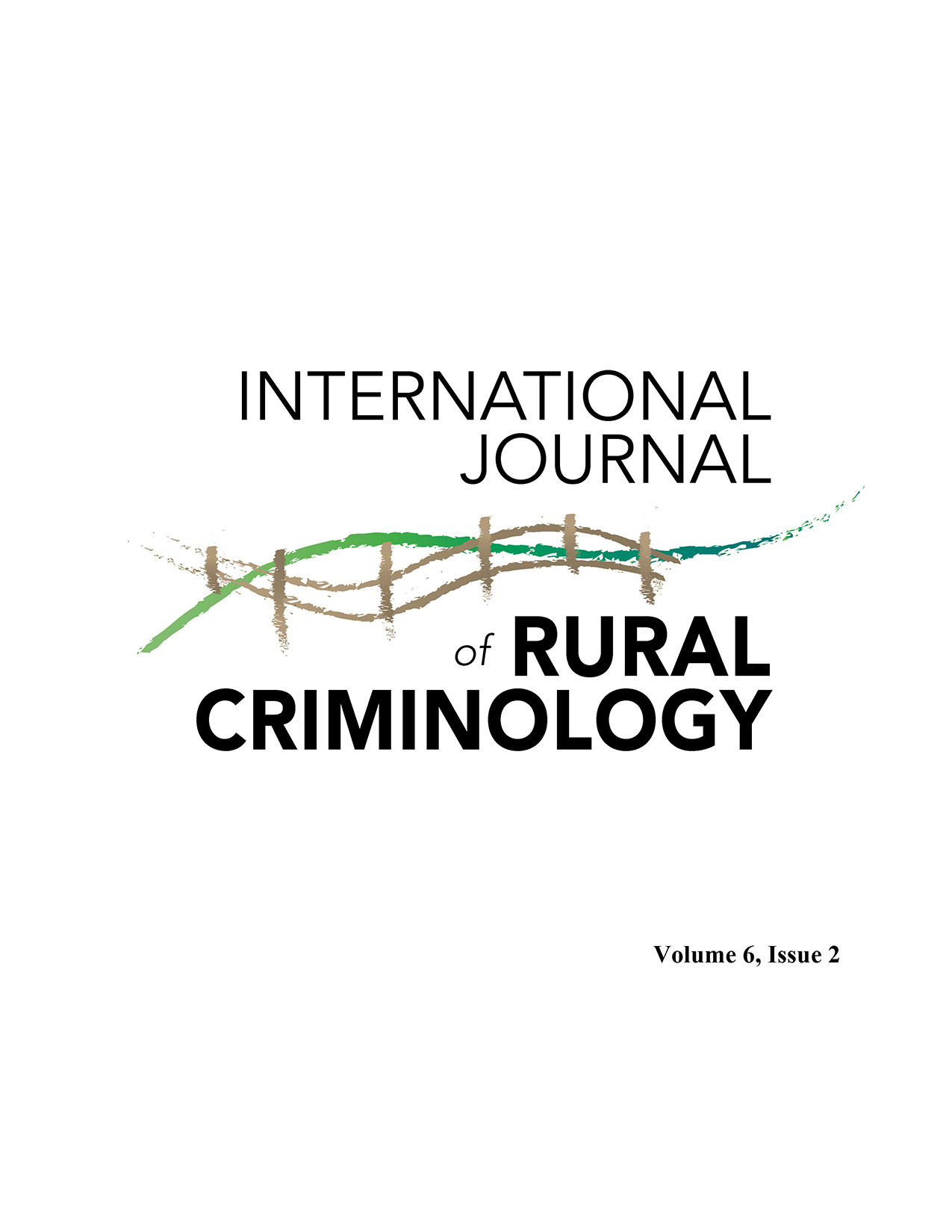Developing a Response to Secondary Trauma for American Indian and Rural Service Providers
DOI:
https://doi.org/10.18061/ijrc.v6i2.8652Keywords:
occupation-based secondary trauma, victim service providers, community-based participatory research, rural, American IndianAbstract
How can victim service providers, the organizations they work for, and the communities they serve help respond to the issue of occupation-based secondary trauma? Over the last few years, federal agencies in the United States have spent millions in research and programming to answer this important scientific and policy question. The current study builds on this work by describing and evaluating a community-based participatory research project focused on finding manageable, effective, sustainable, and ethical ways to respond to occupation-based secondary trauma in two separate communities: a rural American Indian community, Blackfeet Tribal Nation, and a predominantly white county in Montana, Gallatin County, United States. Findings from evaluation questionnaires (n=178; 80.10% women; 64.60% American Indian; 29.14% White) representing a wide range of occupations document that: (1) the implementation of the project was successful; (2) toolkits created for the project were useful to both individual participants and organizations; (3) training outcomes improved significantly; and (4) findings were consistent across the two different community contexts. Contributions, lessons learned, and future directions are discussed.
Downloads
Published
How to Cite
Issue
Section
License
Copyright (c) 2022 Kelly E. Knight, Colter Ellis, Emily Matt Salois

This work is licensed under a Creative Commons Attribution-NoDerivatives 4.0 International License.


